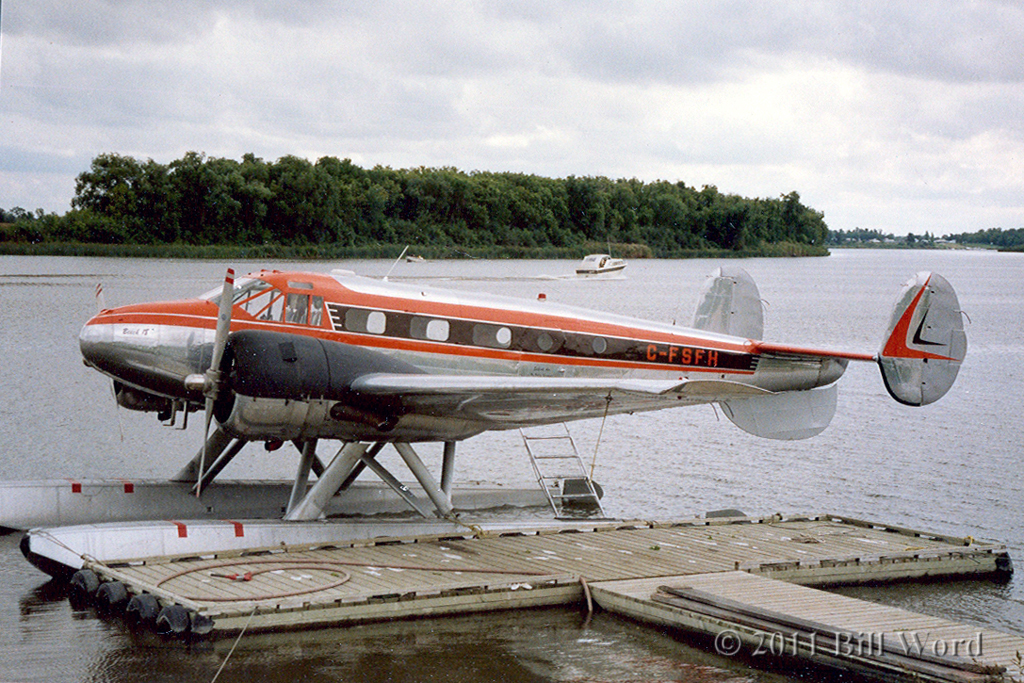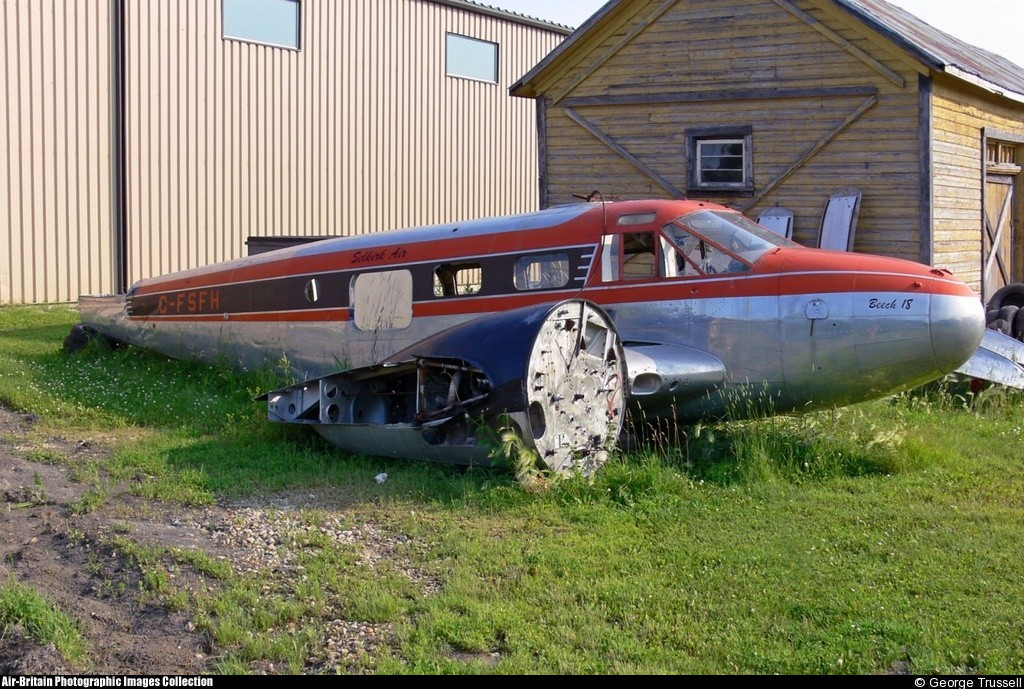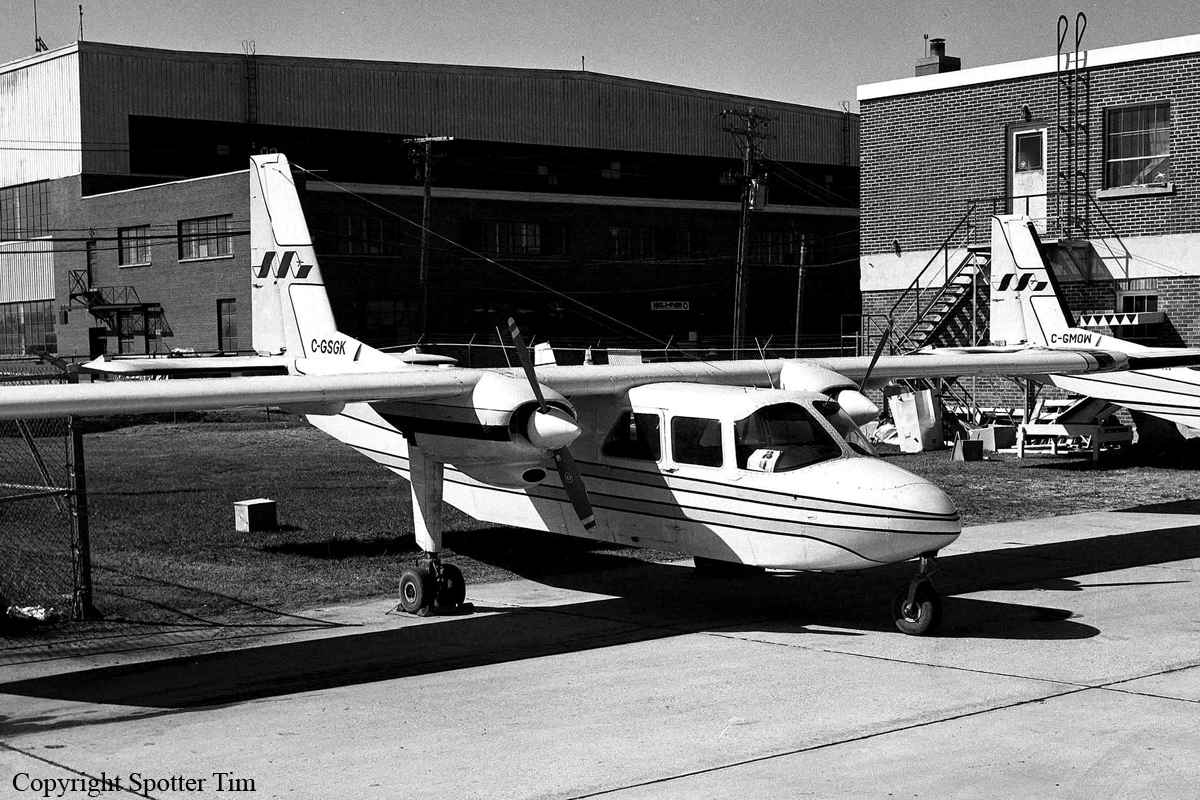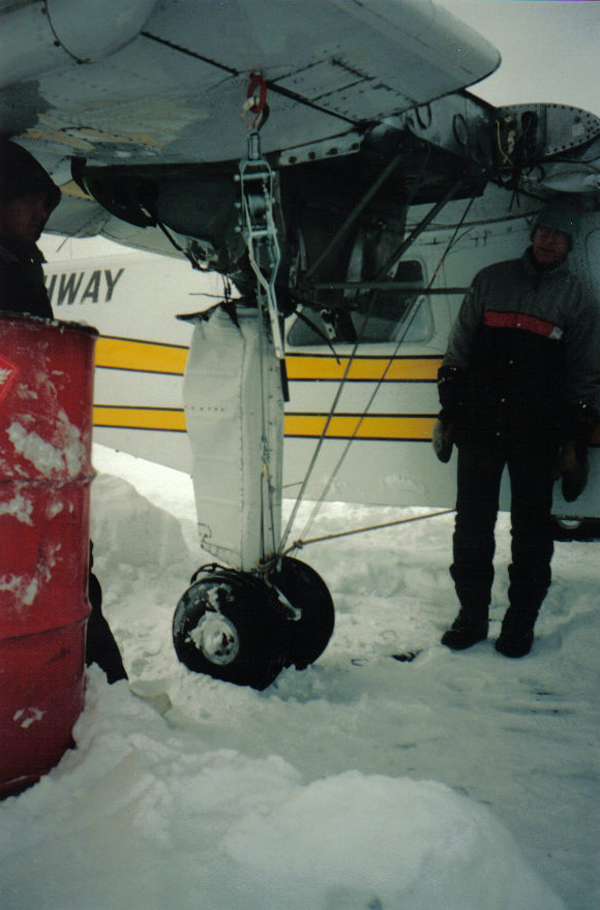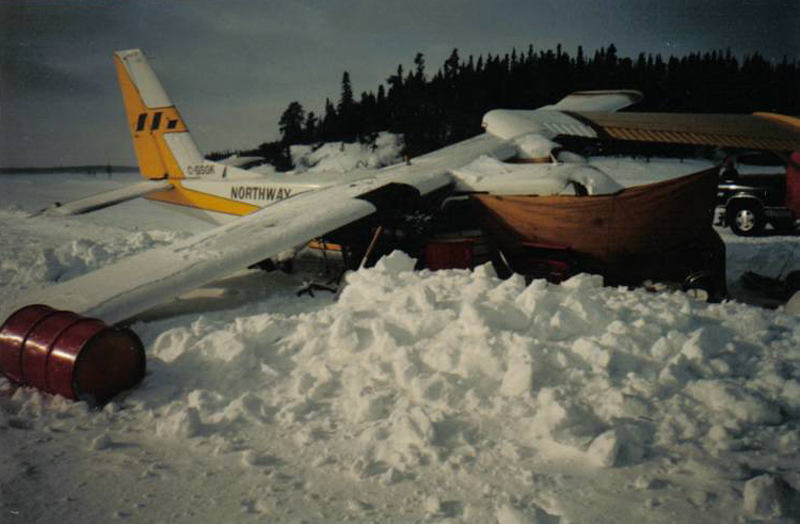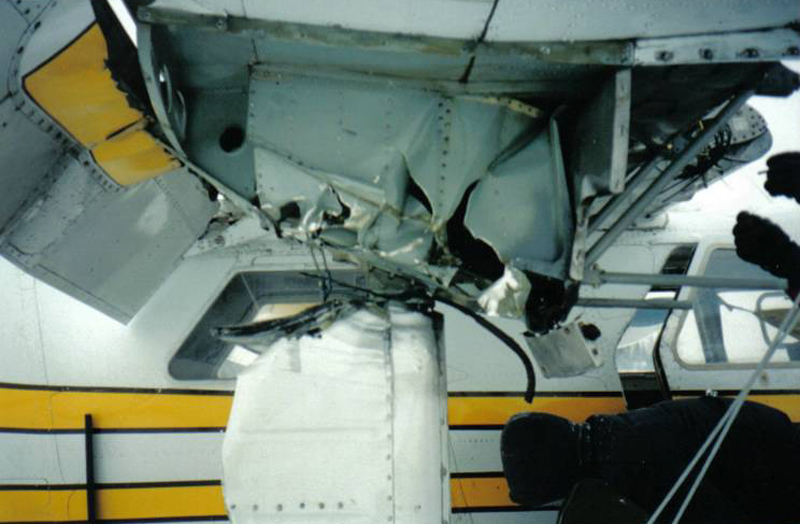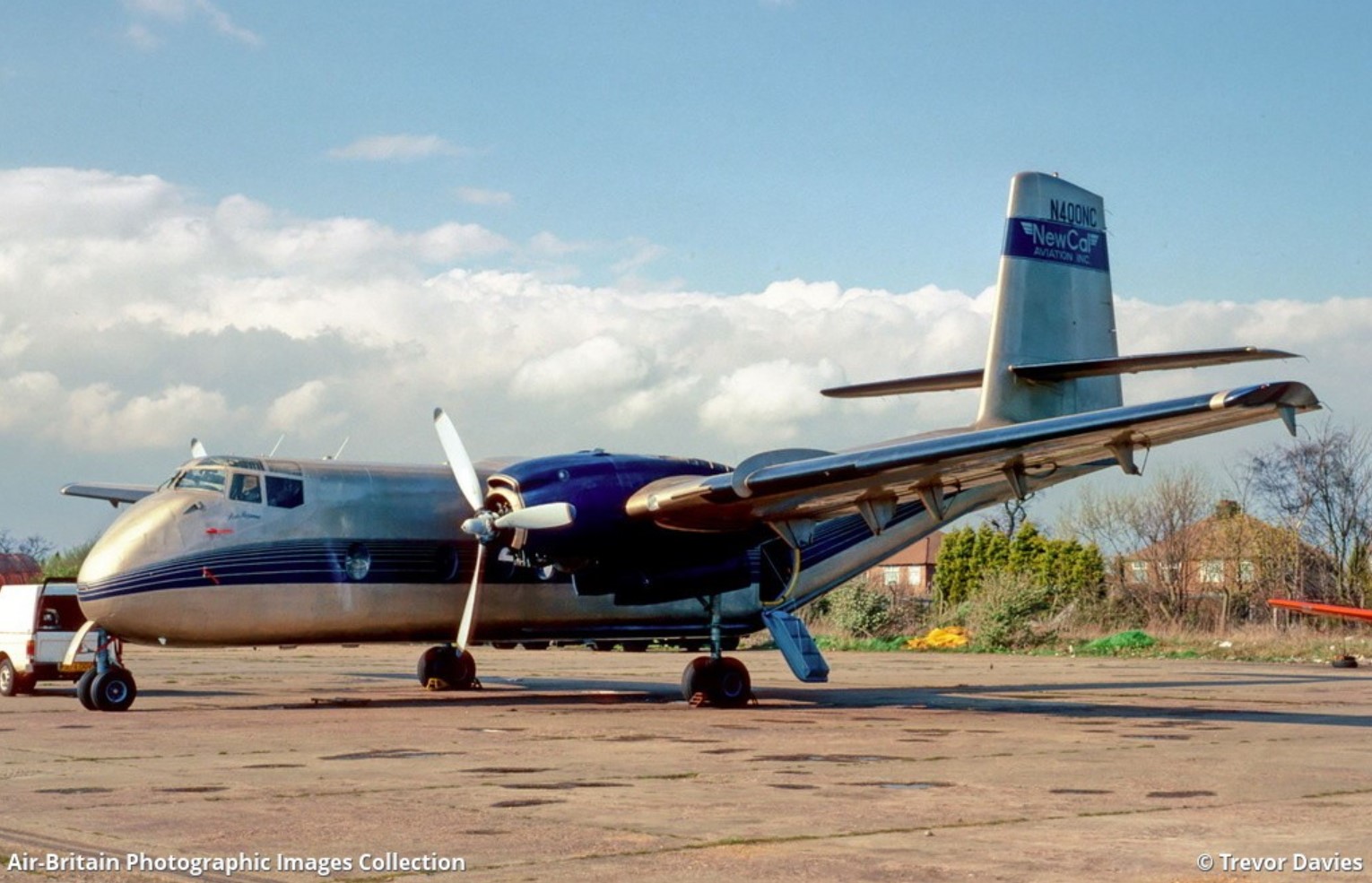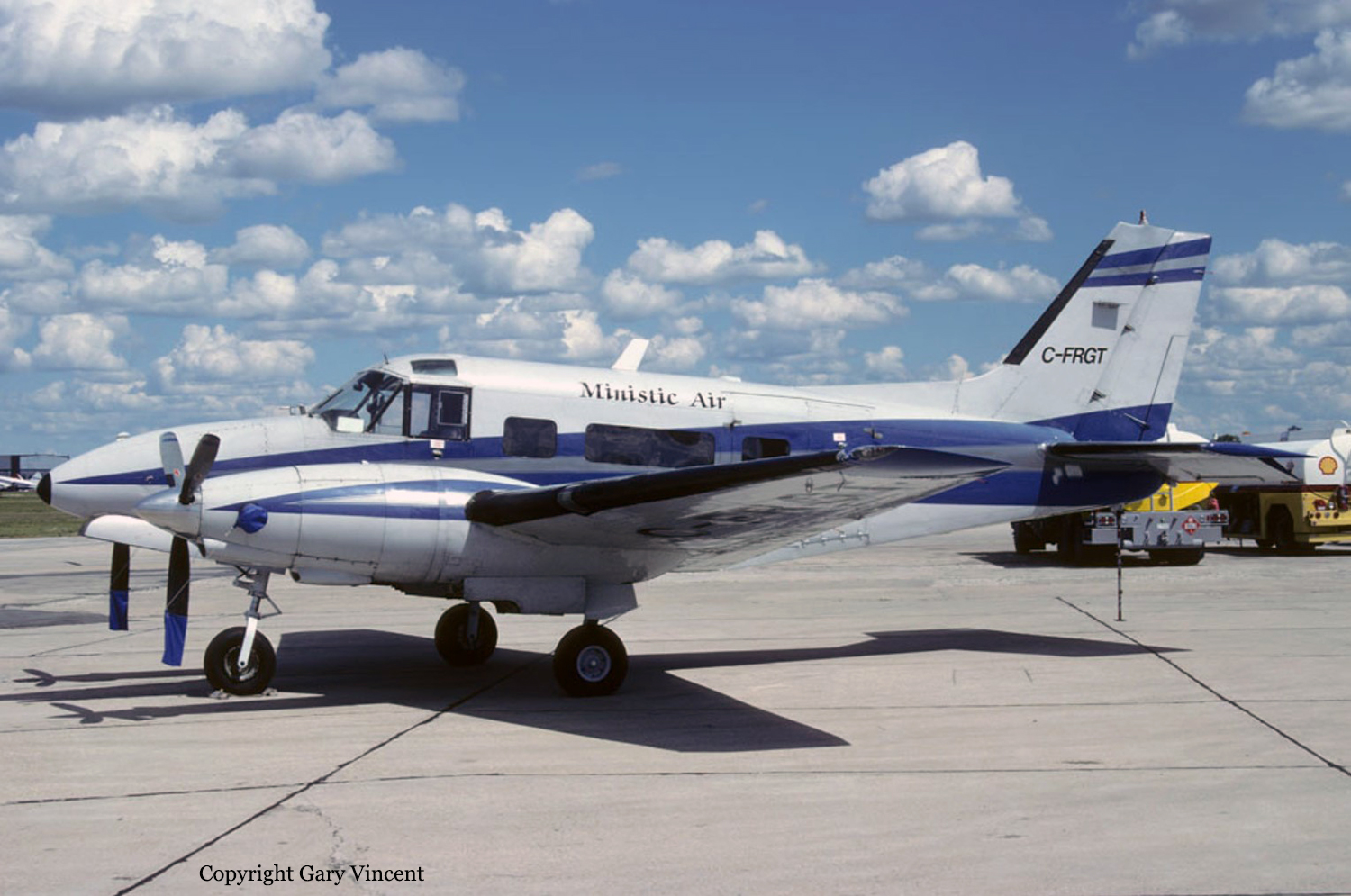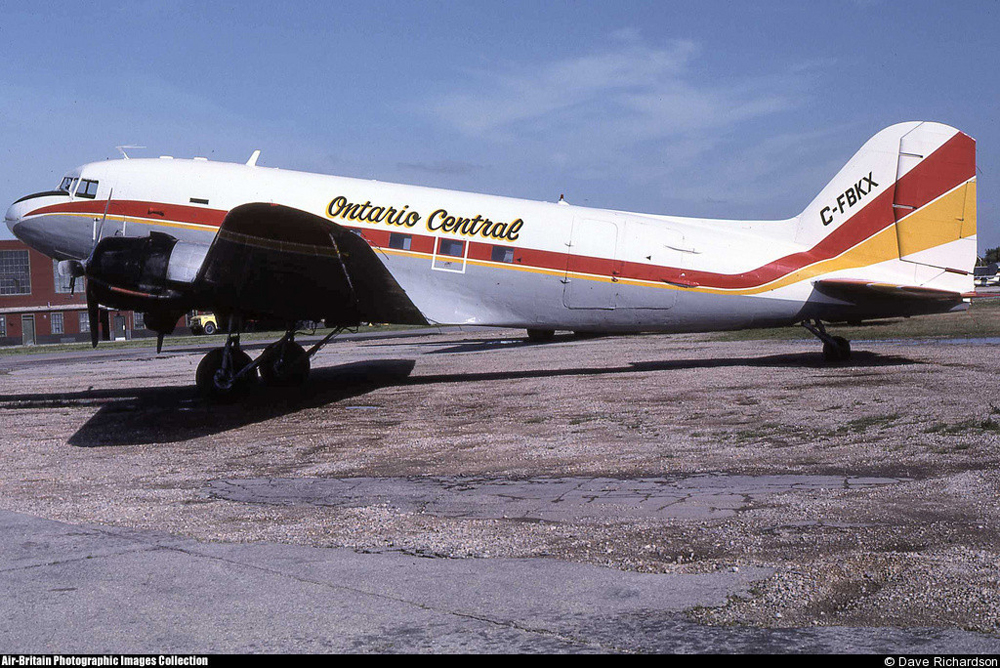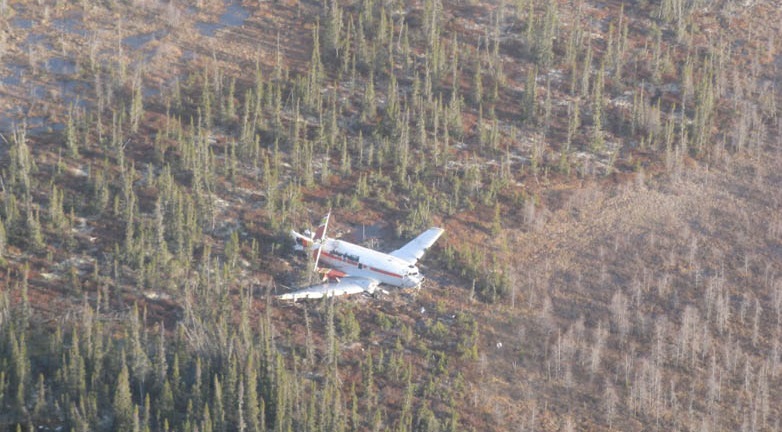Crash of a Swearingen SA226TC Metro II in Gods River
Date & Time:
Nov 1, 1996 at 1423 LT
Registration:
C-FHOZ
Survivors:
Yes
Schedule:
Winnipeg – Gods Lake Narrows – Gods River – Winnipeg
MSN:
TC-283
YOM:
1979
Flight number:
PAG207
Crew on board:
2
Crew fatalities:
Pax on board:
5
Pax fatalities:
Other fatalities:
Total fatalities:
0
Circumstances:
On final approach to Gods River Airport runway 27, the right main gear struck a snow berm located 105 metres short of runway threshold. The crew continued the approach and the aircraft landed 99 metres past the runway threshold. On touchdown, the right main gear collapsed. The aircraft slid fore few dozen metres then veered off runway to the right and came to rest. All seven occupants escaped uninjured while the aircraft was damaged beyond repair.



